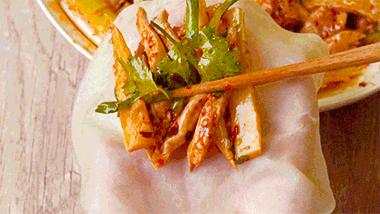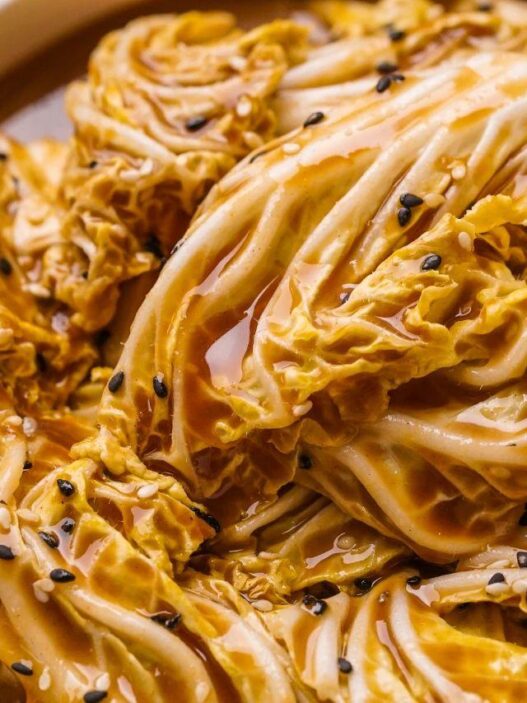If you’re an anime or manga fan, you’ve likely seen scenes where students race to the cafeteria, hoping to grab a hot curry bread before it’s gone. This snack is often portrayed as a school lunch treasure—and for good reason.But what if I told you that Korea has a fermented fish so stinky, it could rival even Surströmming for the title of the world’s smelliest food? Meet Hong Yook (홍어), a fermented stingray dish. It’s a bold delicacy that has rightfully earned its nickname: “the smelliest food.”
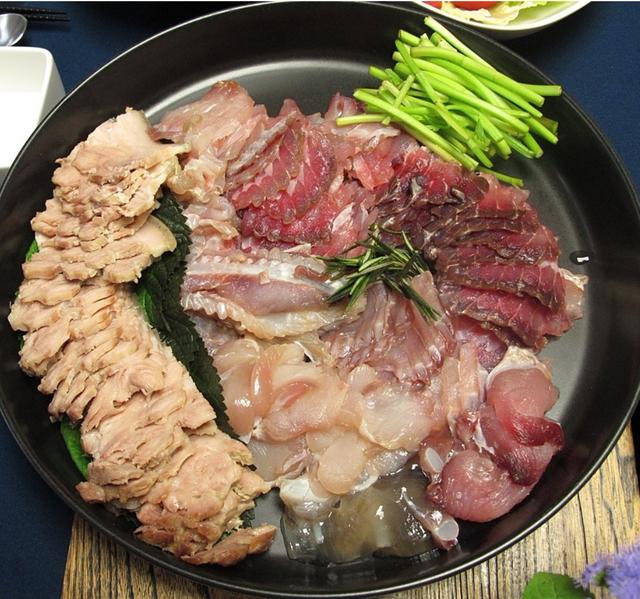
Known for its strong smell, Hong Yook is a regional specialty in Jeolla Province, but it’s not a favorite for most Koreans outside of that area. Let’s take a closer look at why this fermented dish is so divisive and how it’s managed to gain a loyal fan base despite its pungency.

Korean Reactions to Hong Yook
Even in Korean variety shows, people don’t hold back when sharing their thoughts on Hong Yook. One guest from the popular show “Wednesday Food Talk” remarked that the smell of stingray is “the smell of hell,” while another guest compared it to “a broken ventilation system in a public restroom.”

Even food critics can’t seem to stomach it. Joe McPherson, an American expat and founder of the food blog ZenKimchi, said, “I’ve eaten dog meat, durian, and insects, but Hong Yook remains the most challenging food I’ve ever had in Korea.” He described the experience as “licking a urinal.”


The Traditional Preparation of Hong Yook
Why does Hong Yook smell so awful? The answer lies in its fermentation process. While other fish have bladders for excreting waste, stingrays use their skin and flesh. During fermentation, ammonia is released, which contributes to the smell that many describe as reminiscent of a public restroom. This ammonia also explains why stingray is often eaten fresh worldwide to avoid the smell caused by fermentation.
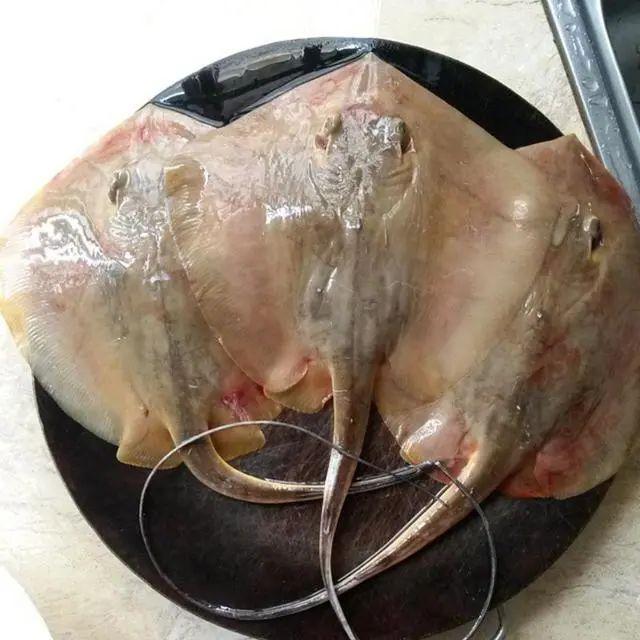
But in Korea, the fish is deliberately fermented. Historically, stinger rays were preserved using ammonia, which made them perfect for storage without the need for salting or curing. This method of preserving fish without refrigeration made stingrays highly valuable during the Joseon Dynasty and remained a tradition, passed down through generations.
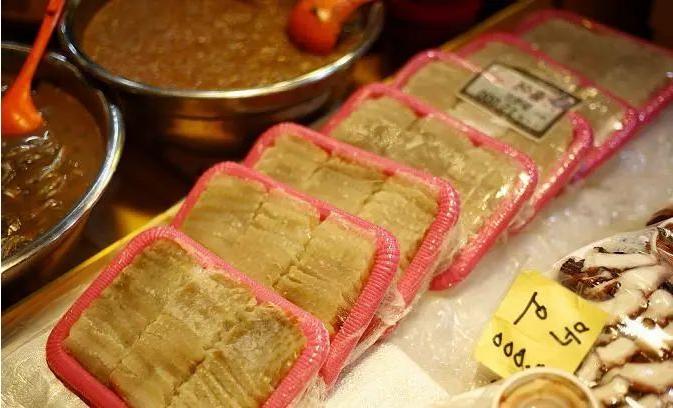
How Is Hong Yook Served?
The classic way to eat Hong Yook is with boiled pork belly and kimchi, in a dish called Hong Yook Samhap (홍어삼합). While the kimchi and pork help balance the intensity of the fermented stingray, the smell of ammonia still takes center stage. It’s such a pungent dish that some claim you’ll need to brush your teeth several times to get rid of the taste.


The Unlikely Fans of Hong Yook
Despite the strong reactions, Hong Yook has a dedicated fan base. For them, the bold flavor and creamy texture of the fermented fish are irresistible. Hong Yook is often served with salt and red chili pepper to enhance the taste. Some even compare the texture to foie gras, with the ammonia’s kick adding excitement to the experience.

A typical meal of Hong Yook is never complete without a hot bowl of Hong Yook Soup, which brings the full force of the ammonia aroma to your senses.

The Revival of Hong Yook on Baengmae Island
On Baengmae Island, home to just 2,200 residents, Hong Yook is making a comeback. Once a key port town, the island saw its fishing trade slowly decline. Now, thanks to Hong Yook’s growing popularity, the island is embracing it as a tourist draw. Restaurants dedicated to the dish are opening, and curious visitors line up to try this famously stinky delicacy.
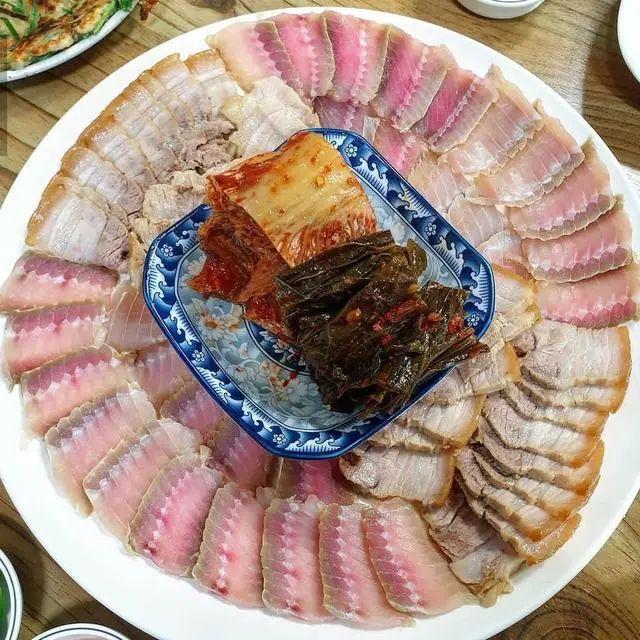
Interestingly, a single serving of Hong Yook can now fetch around 150 USD (approximately 932 CNY) on Baengmae Island. For the locals, it’s no longer just a traditional dish—it’s a profitable one.

Final Thoughts on the “Smelly” Dish
While the smell of Hong Yook might not be for everyone, its significance in Korean food culture is undeniable. Whether you love or hate it, Hong Yook remains a unique part of Korean culinary heritage. Despite its strong odor, the islanders of Baengmae Island and Jeolla Province proudly continue to embrace it. And while I might not be rushing to try it myself, I certainly respect the cultural importance of this fermented dish.














